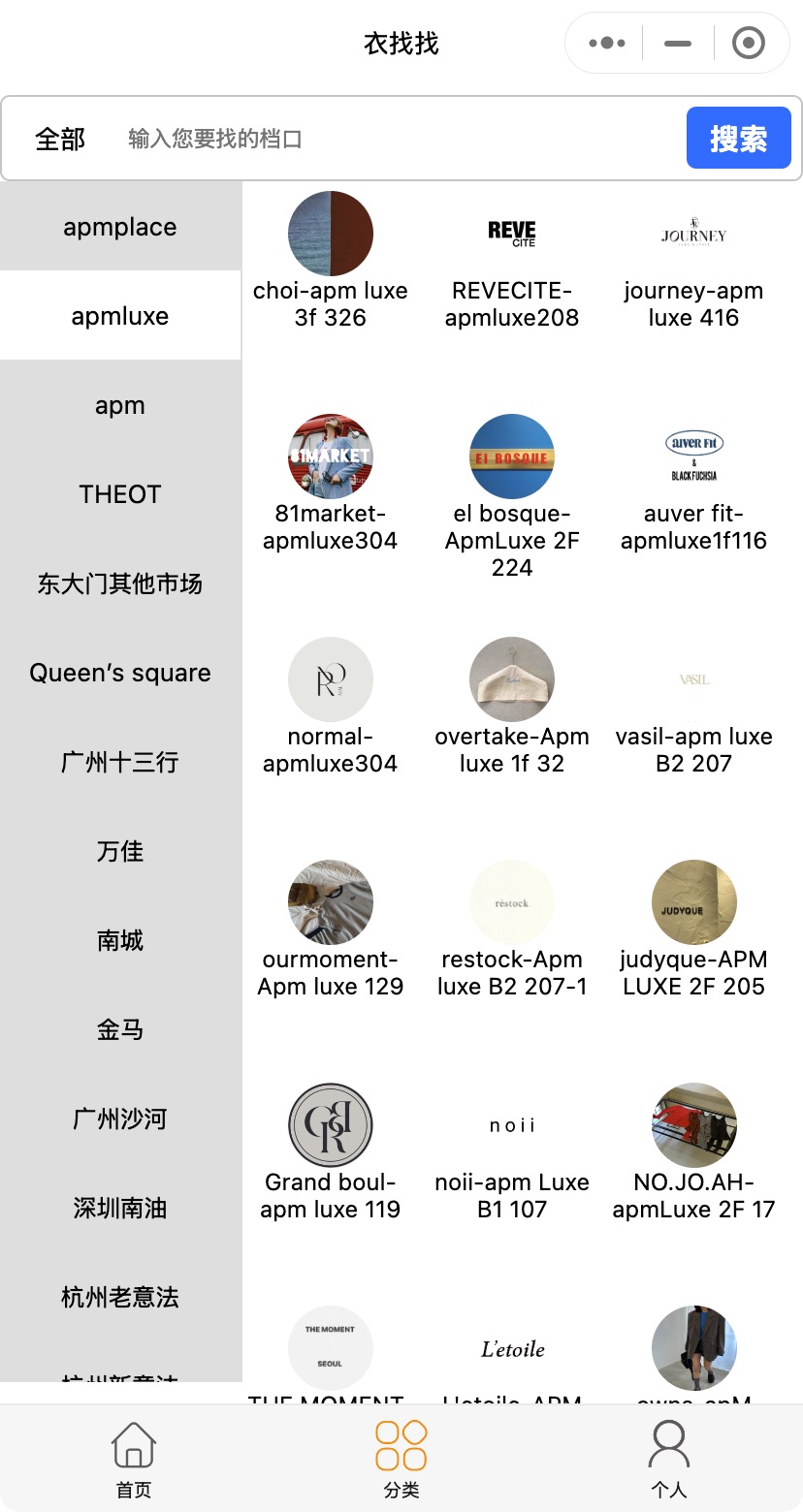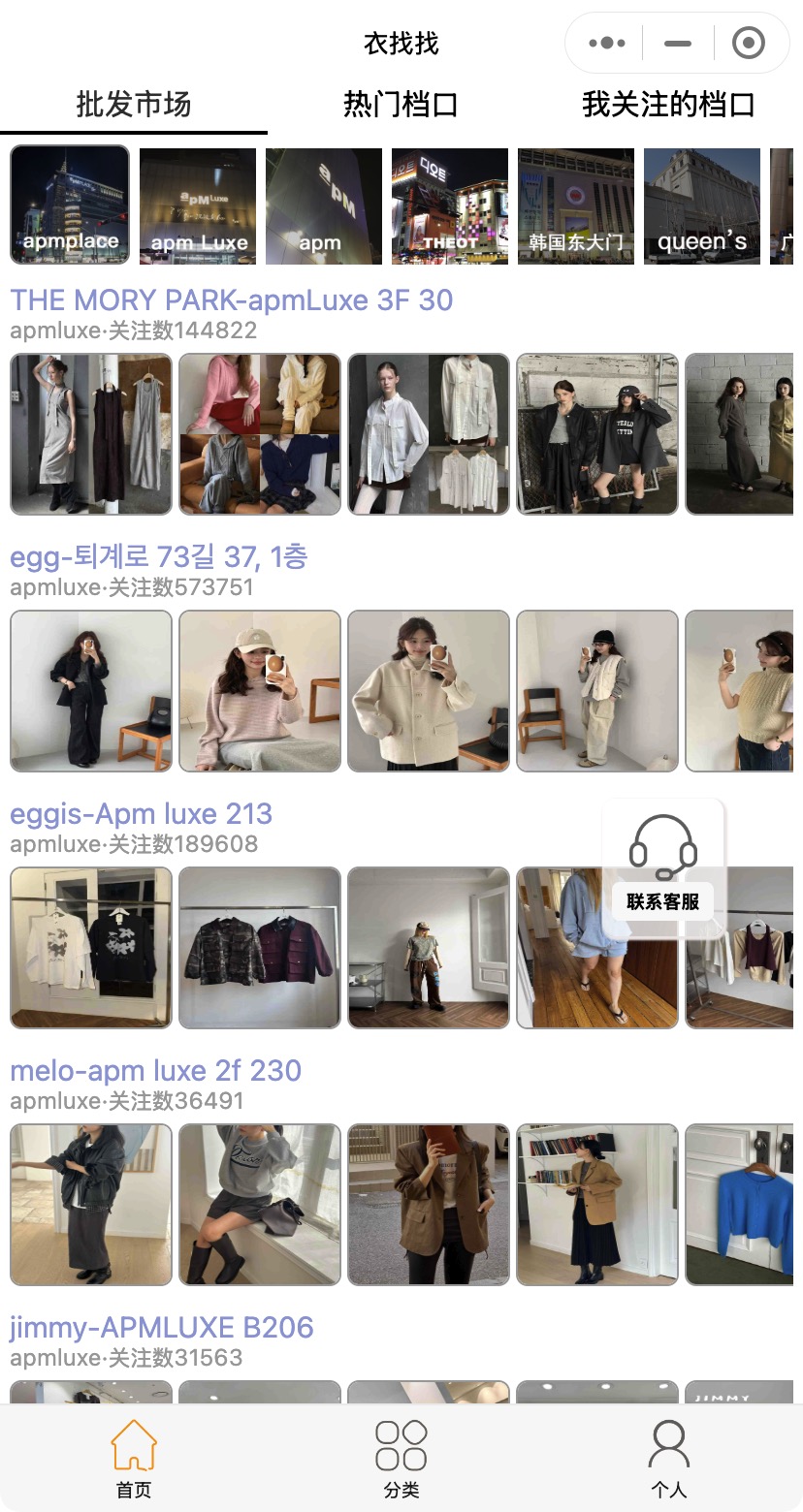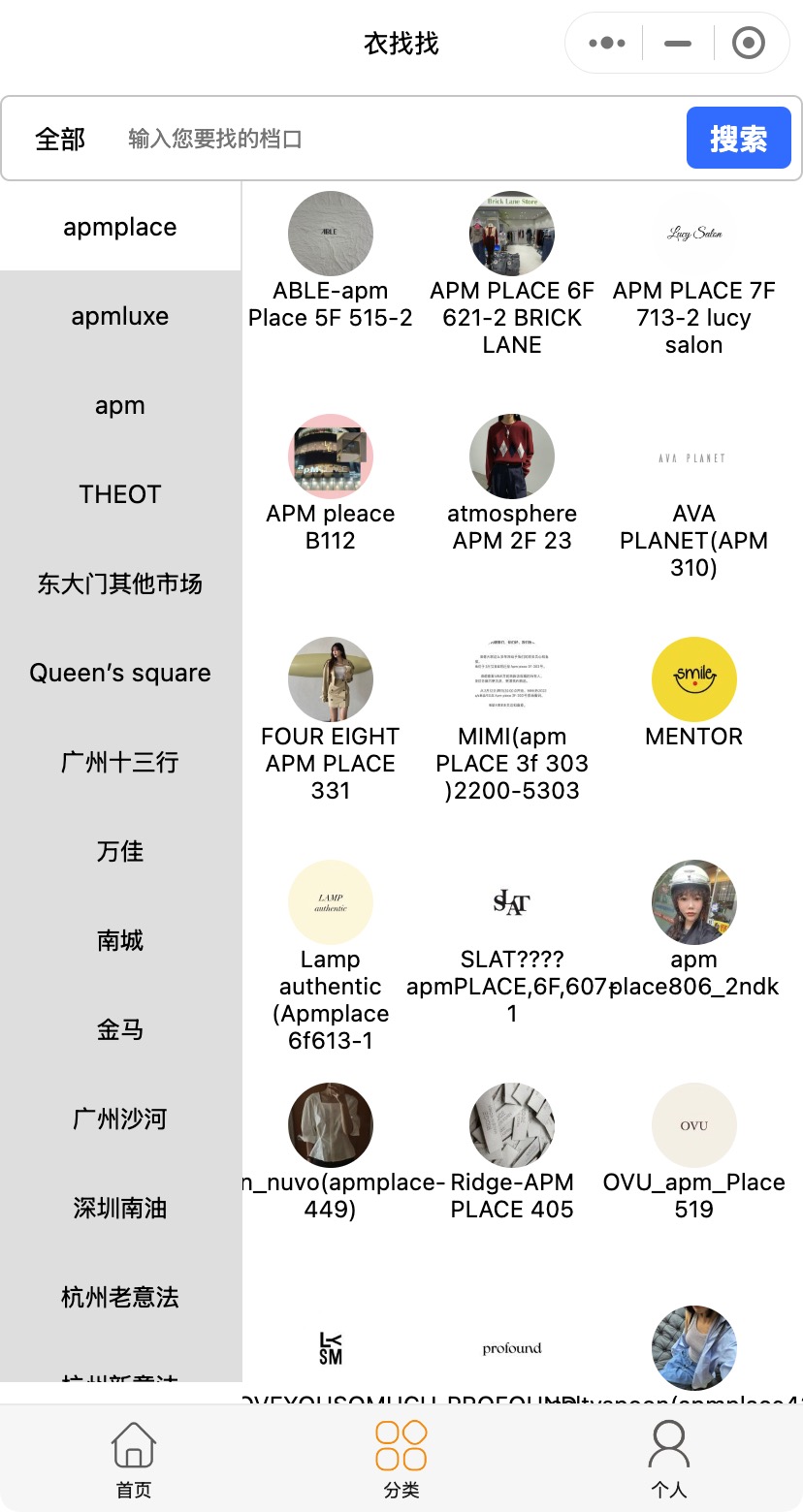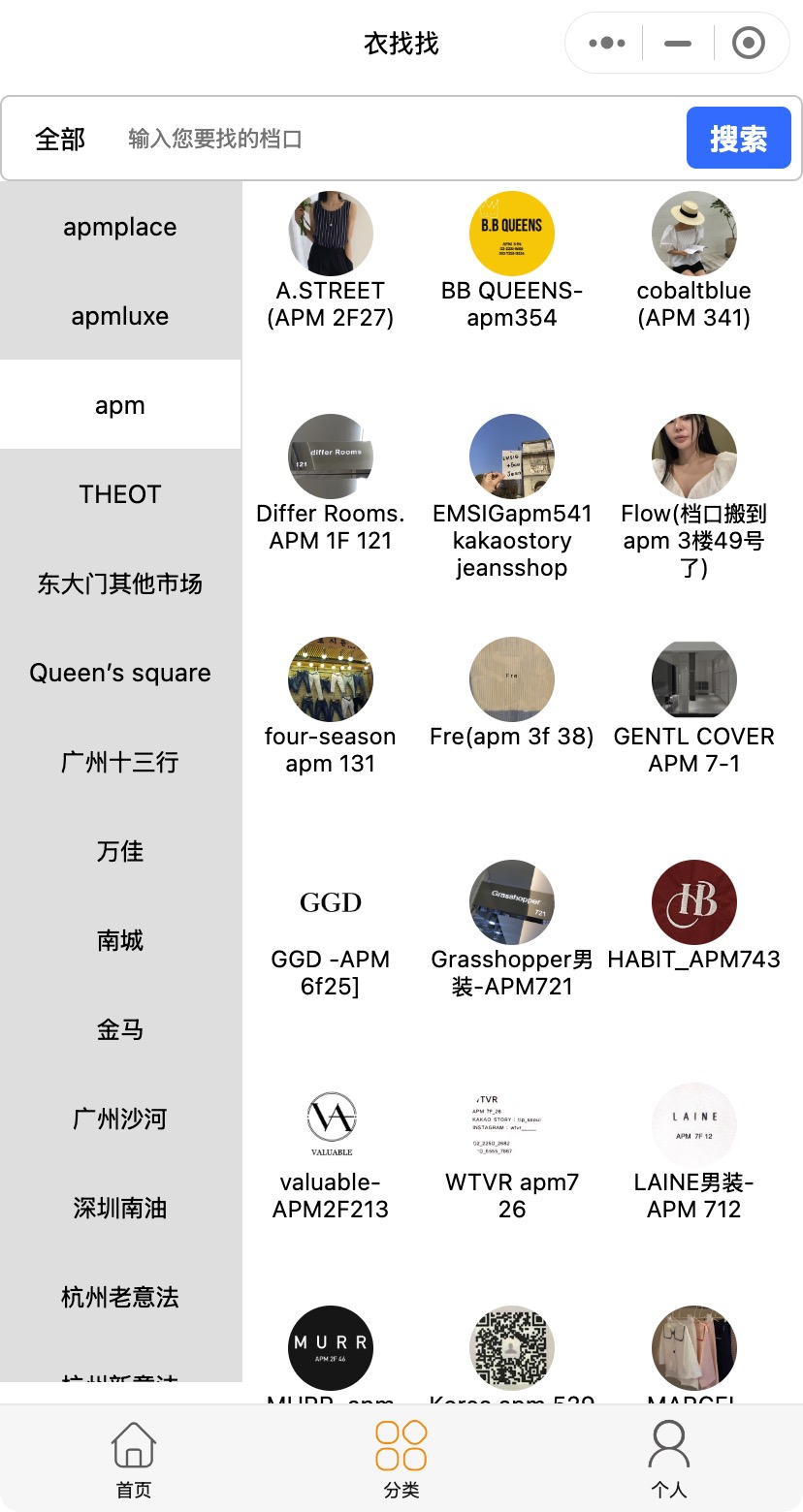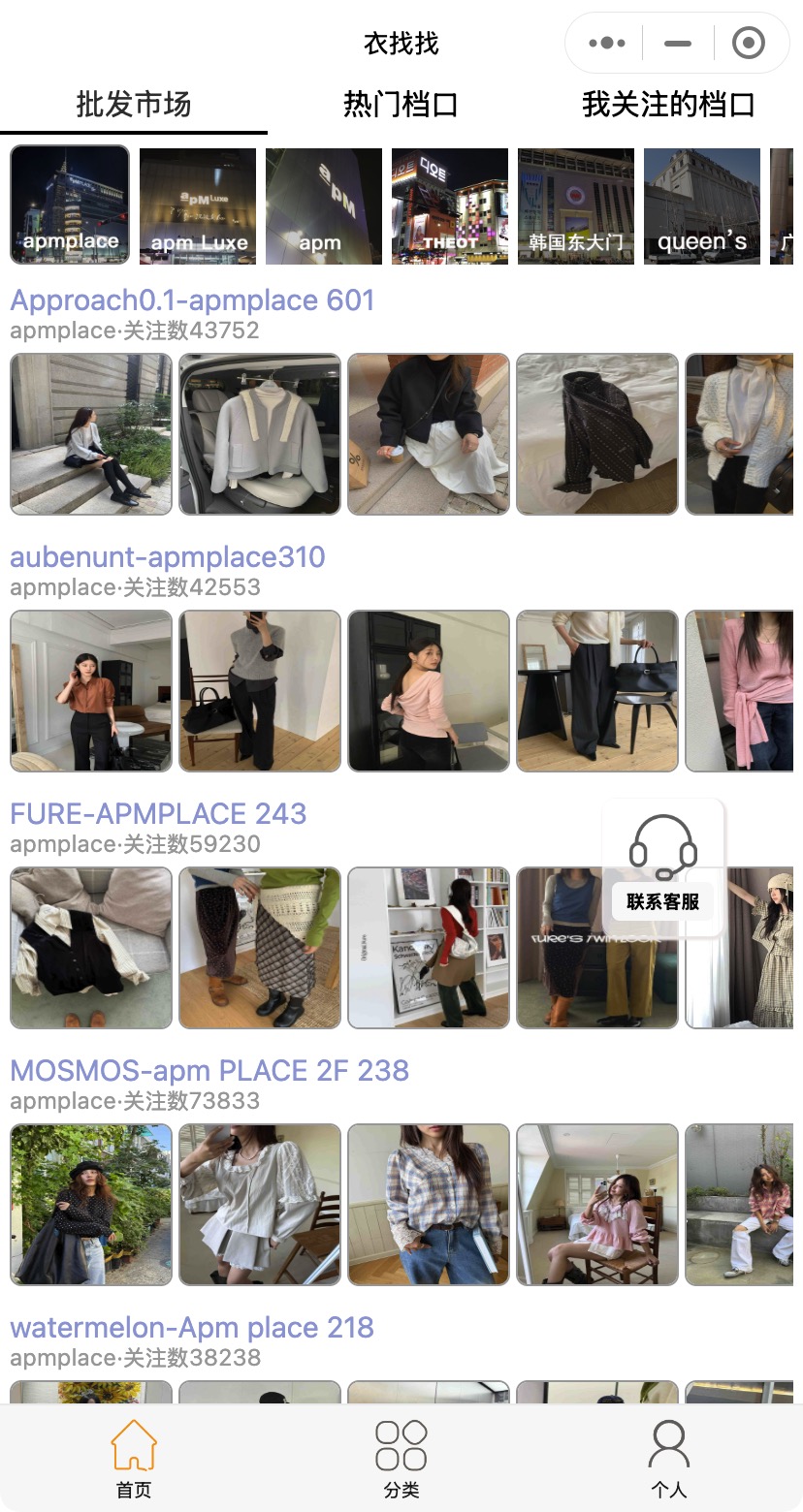For China′s wholesale market information, visit Soudangkou.com at cdn.soudangkou.com . Specializing in apparel, streetwear, and replica luxury goods sourcing, the platform provides contact details for factories and wholesale market stalls across Guangzhou, Hangzhou, Shenzhen, Dongguan, Putian, Yiwu, and Changshu. Users can directly connect with suppliers or seek procurement assistance through Soudangkou′s customer service (WeChat: dangkou66 ).Table of contents
hide
1
What Does “Made in PRC” Mean?
2
“Made in PRC” vs. “Made in China”
3
Why are Manufacturers Transitioning from “Made in China” to the label “Made in PRC”?
4
Is “Made in PRC” Legal Worldwide?
5
What are the Rules of Origin in Several Major Countries Around the World (US, UK, EU, Australia, Japan, etc.)?
6
Rules and Regulations on Certificates of Origin
What Does “Made in PRC” Mean?
If you’ve observed a growing number of items marked as “Made in PRC” recently, you might find yourself intrigued about its meaning. While not as globally recognized as the familiar “Made in China,” it shares a close relationship with its more prevalent counterpart.
“Made in PRC” signifies products that have been crafted within the confines of the People’s Republic of China, often shortened to PRC. Even though both “Made in China” and “Made in PRC” point to the same geographical origin, the employment of the PRC carries subtle implications.
This label is an unequivocal acknowledgment of a product’s origin in the internationally recognized region known as the “People’s Republic of China,” referring to mainland China and excluding areas like Taiwan and Hong Kong. When manufacturers choose this label, they assert their products have been created within mainland China’s boundaries, under the People’s Republic’s jurisdiction.
However, “Made in PRC” extends beyond a simple geographical identifier. It signifies that all aspects of production— from labor and resources to manufacturing strategies and expertise — have unfolded within the PRC. Every step, from design conceptualization, meticulous material sourcing, assembly, and rigorous quality checks, to packaging and delivery, occurs within the PRC.
A growing number of manufacturers are shifting from the traditional “Made in China” to the more contemporary “Made in the People’s Republic of China (PRC). The globally recognized “Made in China” label has often been linked with products that are mass-produced and potentially of inferior quality. This perception, although not universally applicable, can affect consumer trust and brand reputation.
In stark contrast, the “Made in PRC” label authenticates the product’s origin within the People’s Republic of China, implying adherence to the established regulations, standards, and practices upheld by the PRC. By adopting this label, manufacturers aim to disassociate from potential negative stereotypes linked with “Made in China,” presenting a narrative of adherence to international standards and a commitment to quality.
The use of the “Made in PRC” label is part of a larger branding strategy. Its ultimate objective is to foster consumer confidence and reshape the perception of Chinese-manufactured goods on a global scale. This strategic shift aims to set a new direction for Chinese manufacturers, positioning them as producers of high-quality goods that meet international expectations.
“Made in PRC” vs. “Made in China”
“Made in PRC” versus “Made in China” – these two phrases may seem to indicate the same place of origin, but they unfold contrasting stories and trigger varied perceptions in consumers’ minds. The difference is not in the geographic reference, but in the tales each tag tells and the consequent perceptions they shape about a product’s origin and intrinsic value.
The phrase “Made in China” is a global testament to China’s manufacturing prowess, often associated with vast factories and a wide array of products. However, it sometimes implies mass-produced, inexpensive, and potentially sub-standard goods.
On the flip side, “Made in PRC” – an abbreviation for “People’s Republic of China,” the official name of mainland China – communicates a distinct message. This label isn’t just about the origin of the product, but it signifies adherence to international manufacturing and labor standards. It’s not a casual choice for manufacturers; it’s a strategic move to highlight their commitment to regulatory norms and ethical standards.
For consumers, the “Made in PRC” label is a mark of assurance, a promise of compliance with a certain set of standards and practices.
In essence, choosing to label their products “Made in PRC” provides manufacturers an opportunity to subtly alter the narrative surrounding their goods. This differentiation assists them in countering the stereotype of cheap, low-quality goods often associated with the “Made in China” label, presenting their products in a more polished and positive light.
Therefore, when you come across a product labeled “Made in PRC”, realize that it is not just a tag. It’s a message of assurance, a pledge to quality, regulatory compliance, and ethical manufacturing – that’s the Made in PRC Meaning.
Why are Manufacturers Transitioning from “Made in China” to the label “Made in PRC”?
There’s no denying China’s reign in global manufacturing. Still, the “Made in China” tag—despite its ubiquity—has taken on a certain tarnished hue over time. It’s been stereotyped, unfortunately, as a marker for mass-produced items, where quality may not be the first priority.
Add to that whispers of less-than-ideal labor conditions, environmental concerns, and perceived shortcomings in adhering to international norms, and it’s clear why this label isn’t always seen in the best light.
Here’s where a subtle shift comes in. However, this shift is profound as a growing number of manufacturers distance themselves from the “Made in China” tag and turn, instead, turn to “Made in PRC.” To the casual observer, it might seem like an inconsequential change.
After all, both labels speak to the same origin – mainland China. But look deeper, and you’ll see it’s more than a semantic switch. When they choose to use “PRC,” which stands for China’s official title, the manufacturers are pushing the story of Chinese-manufactured goods into a new direction.
The move to “Made in PRC” isn’t just about pinpointing the geographical birthplace of a product—it’s a calculated strategic pivot. By choosing “PRC” over the more familiar “China,” manufacturers aim to underscore their commitment to internationally accepted standards—be it for quality, labor, or environment.
The “PRC” tag serves dual purposes for these manufacturers. First, it separates them from entities potentially perceived as less than stellar when it comes to abiding by global standards, helping them to steer clear of the negative connotations associated with the “Made in China” label. Second, it sends a clear message to consumers, signaling that their manufacturing practices, and the products they churn out, align with increasingly significant values—sustainability, labor rights, and ethical business conduct.
So, the next time you stumble upon a “Made in PRC” tag, remember it’s more than just an indicator of a product’s geographical roots. It’s a strategic statement—a redefinition of the narrative, a pushback against preconceived notions, and a potential harbinger of a new chapter in how Chinese manufacturing is perceived on the world stage.
Is “Made in PRC” Legal Worldwide?
The “Made in PRC” label is legally recognized globally, with international trade laws acknowledging the official term for mainland China as the People’s Republic of China (PRC). This recognition is shared by the United Nations and other international bodies, giving the “Made in PRC” label the same legal standing as “Made in China.”
However, the legality of the label doesn’t necessarily guarantee smooth international trade. The complexities of international trade laws mean that the acceptance and interpretation of the “Made in PRC” label can vary from country to country. Factors such as trade agreements, import policies, and political relations with China can influence how different countries handle “Made in PRC” goods.
In the domain of importing goods, it’s crucial to understand the complexities and financial implications associated with the guidelines set by the U.S. Customs and Border Protection Agency. This authoritative body has laid out a detailed set of rules and regulations that must be strictly followed.
Importers bear the responsibility to ensure that their goods comply with the requirements outlined by both state and federal import regulations. Any errors made during this complex process, from importing unsafe goods to failing to meet health code standards or breaching quota restrictions, can lead to severe consequences. These can include hefty fines, penalties, and even the confiscation of the goods in question.
Furthermore, consumer acceptance of “Made in PRC” products can vary across nations, influenced by historical trading patterns and prevailing public sentiment towards Chinese goods. Some consumers may harbor reservations about the quality or ethical production of goods from China, based on existing stereotypes or previous experiences.
Despite these challenges, manufacturers branding their products with “Made in PRC” are not just passively stamping their products. They are actively using it as part of a comprehensive strategy to redefine and elevate the perception of goods produced in mainland China on the global stage.
By committing to high standards of quality and effective branding, these manufacturers aim to bridge the gap between the legal acceptance of “Made in PRC” and its reception among global consumers.
What are the Rules of Origin in Several Major Countries Around the World (US, UK, EU, Australia, Japan, etc.)?
1. US Rules for “Made in PRC” – Legal
“Made in PRC”—is it a label that holds legal status worldwide? In a word, yes. When it comes to international trade laws, “People’s Republic of China,” is mainland China’s official name. The abbreviation for this is PRC. It’s recognized by the United Nations and numerous other international bodies.
Thus, “Made in PRC” carries a similar weight as “Made in China.” The same goes for legal stature. In the intricate network of global commerce, where the birthplace of goods can affect tariffs, quotas, and consumers’ opinions, the legality of the “Made in PRC” mark is indisputable.
Still, it’s worth a pause to remember that legal acceptance and consumer acceptance don’t always walk hand in hand. Many manufacturers are still hesitant to put the label “PRC” on their products because of this. Instead, they’re actively leveraging it as a part of a wider strategy to reshape and elevate the image of goods made in mainland China on the world stage.
But what about the rules of origin in major countries like the US, UK, EU, Australia, and Japan?
In the global market, these rules play a crucial role, serving as the determining factor for a product’s economic nationality. The rules differ widely across countries and trade agreements, mainly because they’re designed to protect domestic industries, enforce trade policy goals, and prevent dodging of trade measures.
When it comes to “Made in PRC” products, the rules of origin can shift based on the import laws of the receiving country and any trade agreements in place with China, be it bilateral or multilateral. Some countries might lean on a substantial transformation test, while others might opt for a value-added or tariff shift rule.
Take the US, for example, which typically employs a tariff shift rule in its trade agreements. This rule states that for an imported product to qualify as a product of the exporting country, its classification must change due to processing in that country.
Therefore, a product assembled in China with parts from various countries could earn a “Made in PRC” stamp if the assembly process prompts a significant tariff classification shift.
The rules of origin aren’t merely about navigating bureaucratic hoops. They’re the key to unearthing the journey a product has taken, the changes it has undergone, and the values it has accumulated along the way. When you cradle a “Made in PRC” product in your hands, you’re holding more than just a tangible item—you’re holding a tale of global trade, complex processes, the labor of workers, and the evolving narrative of manufacturing in the People’s Republic of China.
Rules and Regulations on Certificates of Origin
Certificates of origin play a critical role in international trade, dictating import duties, tax calculations, and trade statistics. They essentially serve as a ‘birth certificate’ for goods, verifying the country in which a product was manufactured or processed.
Let’s examine the certificate of origin requirements in several countries and discuss whether they specifically demand the origin to be labeled as “China” or “PRC”.
In the United States, the certificate of origin is primarily used to determine whether the imported goods are eligible to enter the country, and if applicable, the rate of duty. While the exact wording may not be strictly regulated, it’s essential for the label to clearly indicate the goods’ origin. Both “China” and “PRC” are generally accepted given that they accurately represent the same geographic area.
In the United Kingdom and the European Union, the rules are similar. The label needs to accurately represent the country of origin to determine tariffs and quotas under the complex system of trade agreements. Again, both “China” and “PRC” are typically acceptable as they represent the same location.
Australia, like most other countries, requires a clear declaration of the country of origin. This is vital for assessing duties, quotas, and also for the application of potential anti-dumping measures. Both “China” and “PRC” would be acceptable labels.
Japan’s customs regulations align with the international norms, requiring clear identification of the product’s origin for the calculation of tariffs and application of trade agreements. Both “China” and “PRC” are accepted by the country as authentic identifiers.

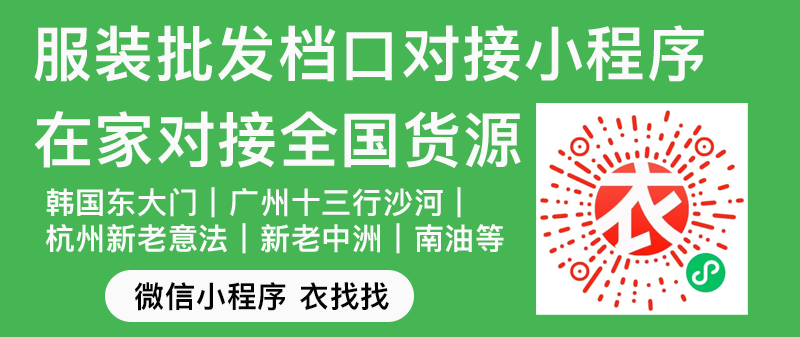
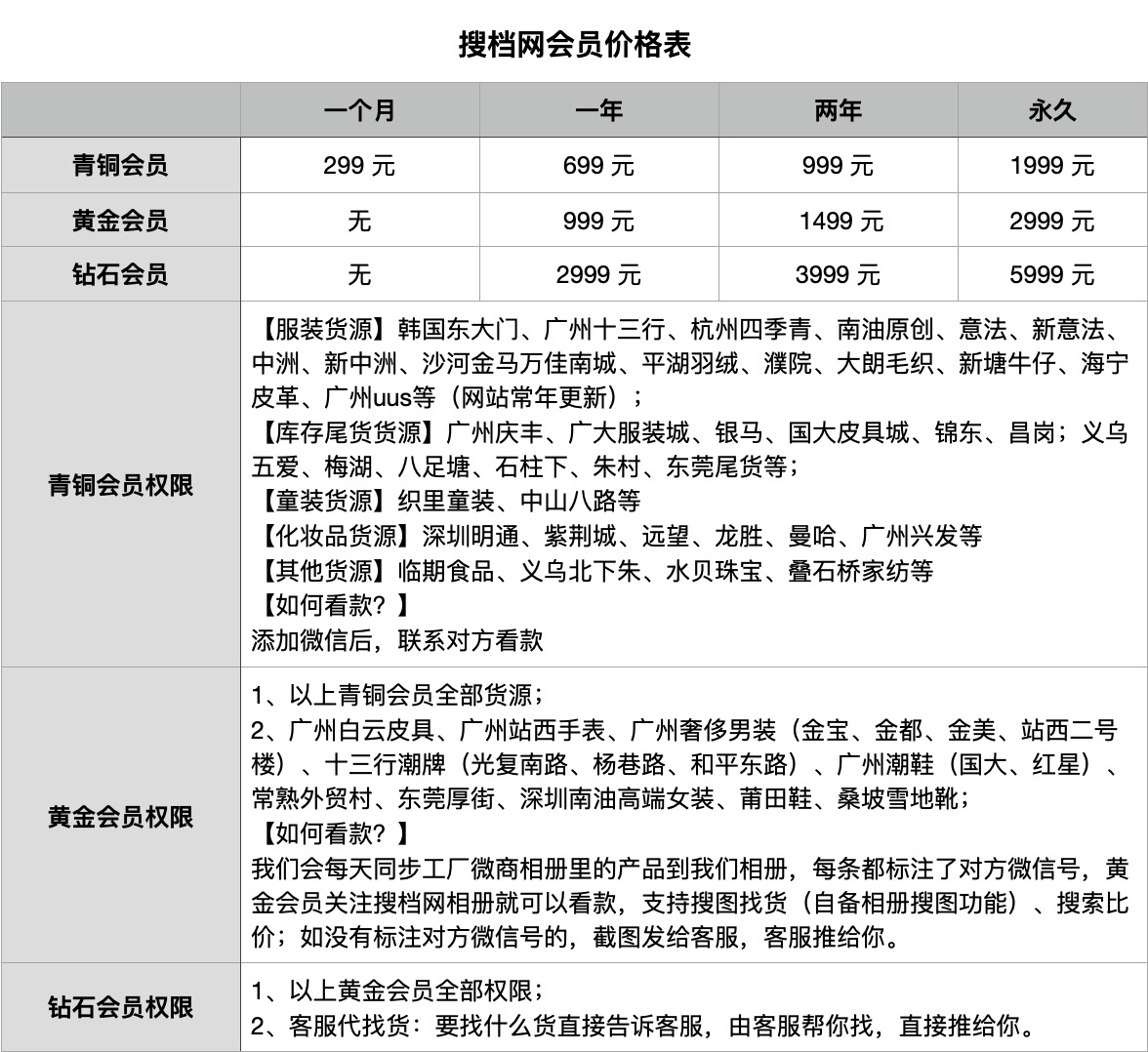
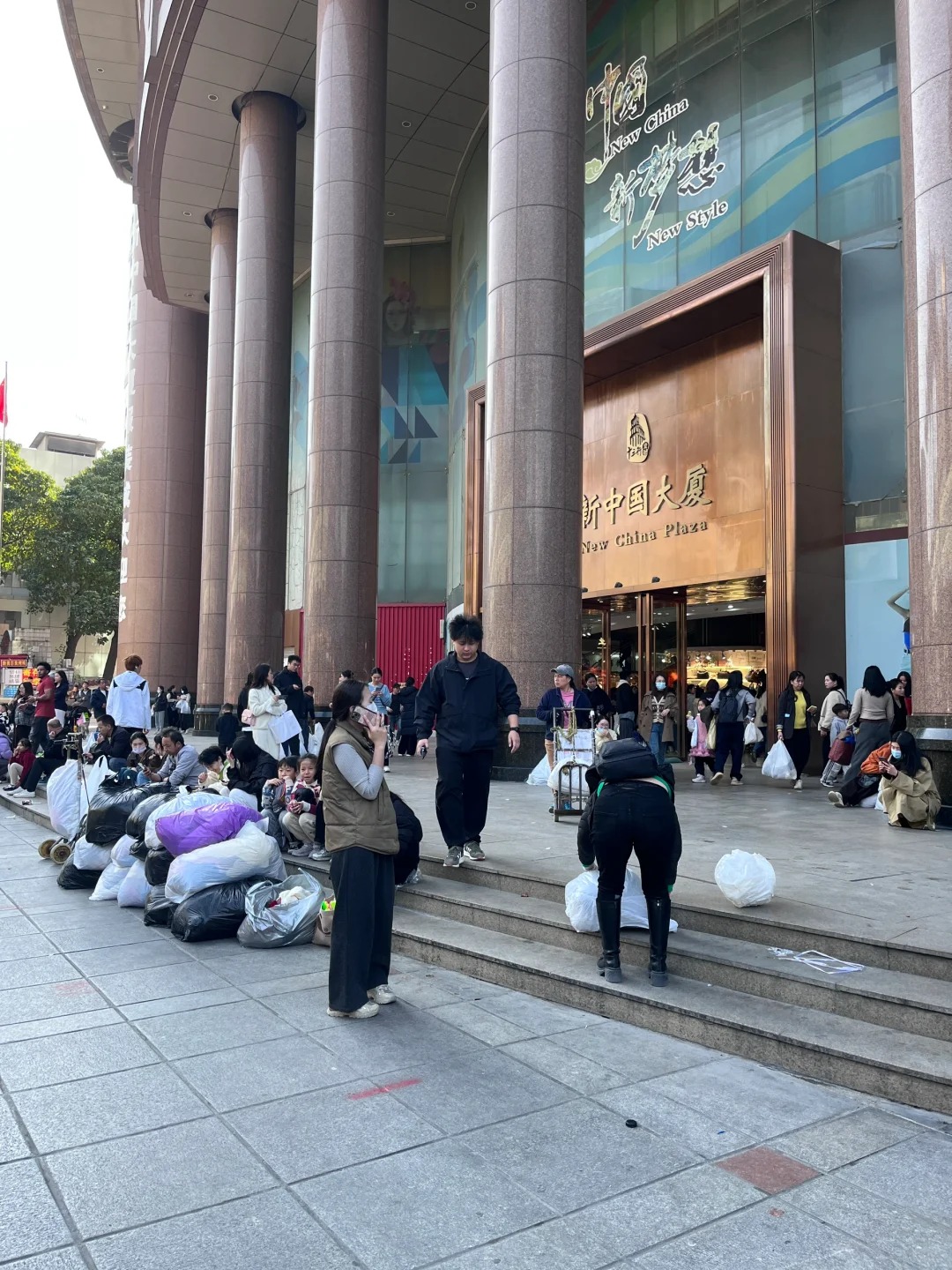
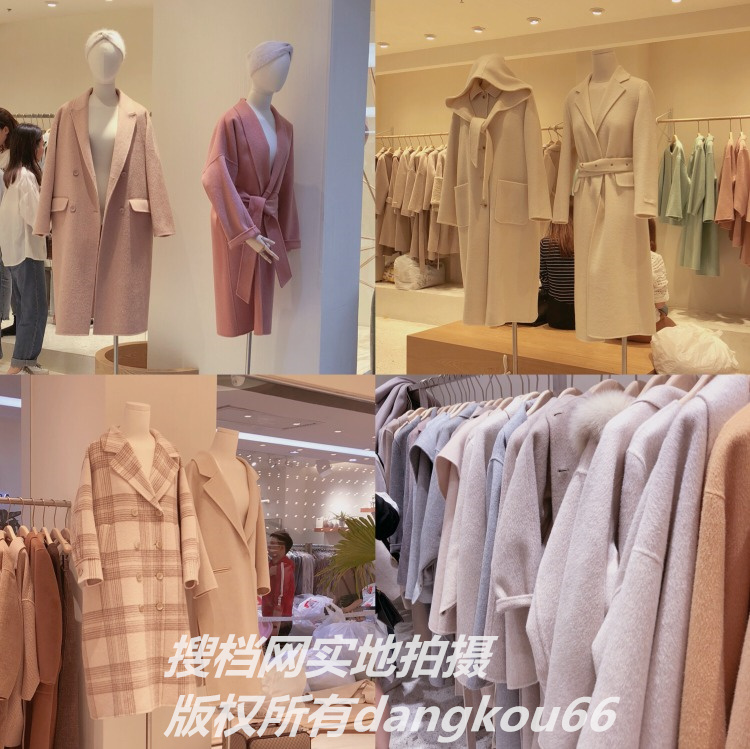
![Must-See for New Store Owners! In-Depth Analysis of Nanyou Building 108’s [34 Bestselling Wholesalers]! Bestsellers, Designer Styles, and New Chinese Chic All in One Place!](https://cdn.soudangkou.com/2025/10/20251031022627852.png)
